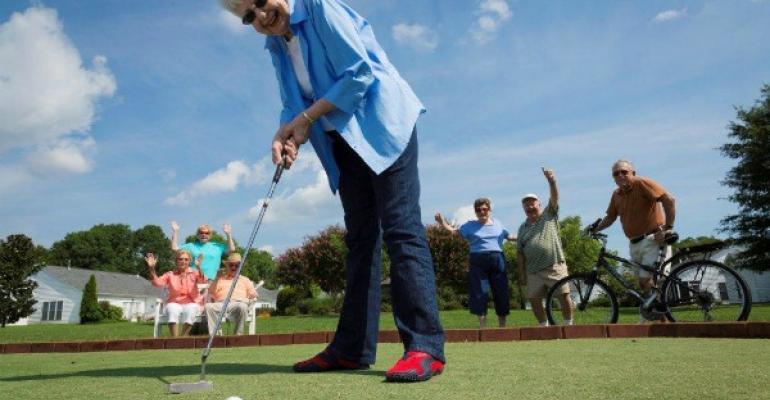Independent living facilities are now leading the growth in the seniors housing sector, thanks to a combination of strong demand and limited supply.
A fourth quarter 2014 report from the National Investment Center for Seniors Housing & Care (NIC), an Annapolis, Md.-based non-profit devoted to advancing the quality and availability of seniors housing, shows that occupancy for independent living facilities increased to 91.3 percent, while occupancy at assisted living facilities remained flat,at 89.3 percent. Chuck Harry, NIC’s managing director, said in the report that the disparity can be explained by current demand and supply trends.
“Whereas independent living’s annual absorption has outpaced its annual inventory growth by a large margin, that margin for assisted living is significantly narrower and is resulting in a slower recovery in the assisted living occupancy rate,” Harry noted.
One issue facing the assisted living sector is that it’s experiencing a lot of capital inflow for new development, both from those preparing for the sector’s expected growth a decade from now, and from the addition of memory care facilities at the current moment. Beth Mace, NIC’s chief economist, says assisted living’s growth percentage of existing inventory is currently at 5.2 percent, more than twice that of independent living facilities.
“The actual level of construction for independent living was at about 7,600 units in the fourth quarter, it’s the highest level since 2009, but is a much more reasonable amount,” Mace says. “On the plus side, occupancy continues to go up for both assisted living and independent living, which shows the entire seniors sector has strength.”
A recent industry report by RBC Capital Markets also noted concerns about too much developer interest in assisted living properties, citing a significant amount of projects scheduled to break ground during the second half of 2015. “Inventory growth will continue to trend modestly higher in 2015 (for assisted living),” but supply won’t become a serious problem until 2017, according to the report.
Aaron Rosenzweig, a director with Cushman & Wakefield’s seniorshousing capital markets division, says demand has also increased for independent living properties. The improved economy and housing market are boosting seniors’ confidence, and influencingtheir decisions to choose luxury facilities when available.
“Operators have become more sophisticated and, in some communities, independent living has morphed into unbundled assisted living,” he says.
Overall, there’s definitely a strong flow of new capital into the seniors property sector, Rosenzweig says, which should create a far greater amount of development over the next two years than the industry has seen so far.
“I think during 2015 we’re going to see more combination properties proposed, as the finance and investment community become more comfortable with independent living, given how it’s doing today.”
Another big change will come from technology, such as institution of extensive professional monitoring at facilities, as well as personal wearables such as step counters and smartwatches. Data tracking will take on a much larger role than before in determining how seniors properties are operated, and even how many of those properties are needed, Rosenzweig says.
“There’s going to be more availability of technology and information that may help people remain in their homes longer,” he says. “In the next decade, people are going to be more mindful of their health because of the wearables. I think it’s going to usher in a different way of thinking about independence.”

